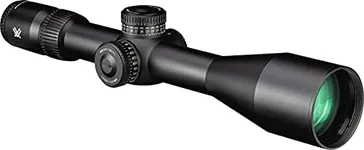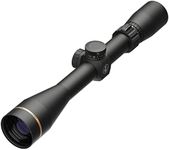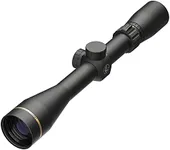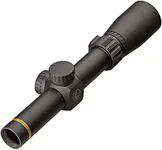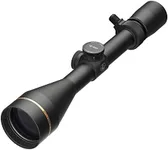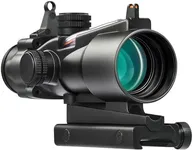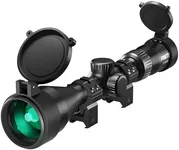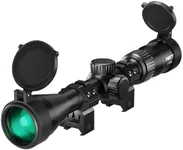Buying Guide for the Best Airgun Scopes
Choosing the right airgun scope can significantly enhance your shooting experience, whether you're into target shooting, hunting, or plinking. The right scope will help you see your target more clearly and improve your accuracy. To make an informed decision, it's important to understand the key specifications and how they relate to your specific needs and preferences.MagnificationMagnification refers to how much closer the target appears through the scope compared to the naked eye. This is important because it determines how well you can see your target at various distances. Scopes come with fixed or variable magnification. Fixed magnification scopes are simpler and often more durable, while variable magnification scopes offer more flexibility. For close-range shooting, a lower magnification (1-4x) is sufficient. For medium-range, consider 5-9x, and for long-range shooting, 10x or higher might be necessary. Choose based on the typical distance you will be shooting.
Objective Lens DiameterThe objective lens diameter is the size of the front lens of the scope, measured in millimeters. This spec is important because it affects the amount of light that enters the scope, impacting the brightness and clarity of the image. Larger diameters (40mm and above) allow more light, which is beneficial in low-light conditions but can make the scope heavier. Smaller diameters (32mm and below) are lighter and more compact but may not perform as well in dim lighting. Consider where and when you will be shooting to decide the right size for you.
Reticle TypeThe reticle, or crosshair, is the aiming point you see when looking through the scope. Different reticle types serve different purposes. Simple crosshairs are good for general use, while more complex reticles with additional markings can help with range estimation and bullet drop compensation. Illuminated reticles are useful in low-light conditions. Choose a reticle that matches your shooting style and needs. For example, hunters might prefer a reticle with range-finding capabilities, while target shooters might opt for a fine crosshair for precision.
Parallax AdjustmentParallax adjustment allows you to correct the parallax error, which occurs when the target and the reticle are not on the same focal plane. This is important for maintaining accuracy, especially at longer distances. Scopes without parallax adjustment are typically set for a specific distance (usually 100 yards). If you plan to shoot at varying distances, a scope with adjustable parallax (often found on the side or the objective lens) can be very beneficial. Consider your typical shooting distances to determine if this feature is necessary for you.
Eye ReliefEye relief is the distance between your eye and the scope at which you can see the full field of view. This is important for comfort and safety, especially with high-recoil airguns. Longer eye relief (3 inches or more) is generally better, as it allows you to maintain a comfortable distance from the scope. If you wear glasses or use a high-recoil airgun, prioritize scopes with generous eye relief to avoid discomfort or injury.
Field of ViewField of view (FOV) is the width of the area you can see through the scope at a specific distance, usually measured in feet at 100 yards. A wider FOV allows you to see more of the area around your target, which is useful for tracking moving targets and situational awareness. Lower magnification scopes typically offer a wider FOV. If you need to track fast-moving targets or want a broader view of your surroundings, opt for a scope with a wider FOV.
